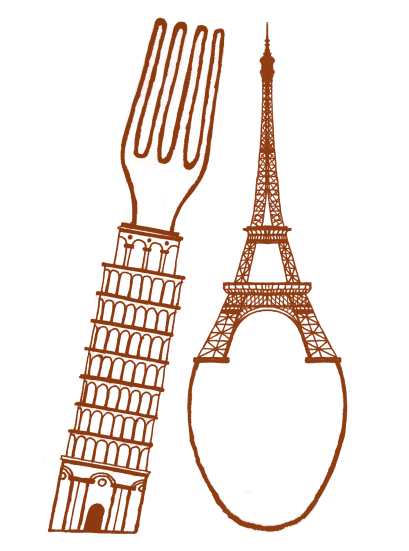Passato prossimo - A lesson on the past tense in Italian. In this lesson, you will find both regular and irregular verbs and how the past tense is worked out in Italian.
Il Passato prossimo è usato per descrivere un'azione completata avvenuta in passato. Prima che vi immergete in questa lezione, assicuratevi di conoscere prima i verbi Essere e Avere al presente indicativo perché ne avrete bisogno per comporre il passato prossimo. Potete trovare quella lezione qui.
The Passato prossimo is used to describe a completed action happened in the past. Before immersing yourself in this lesson, make sure you first know the verbs Essere and Avere in the present tense as you will need them to compose the past tense. You can find that lesson here.
To form the passato prossimo, you need to have two verbs: essere or avere in the present tense plus a second verb called the participio passato (past participle).
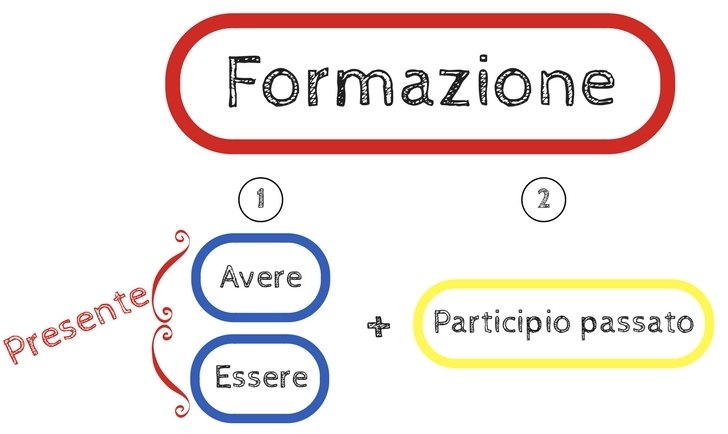
The majority of verbs will use Avere in the present tense. However, there are still a few using Essere; reflexive verbs, immobility verbs, verbs showing a change in state and included in the diagram below a list of verbs of movement.
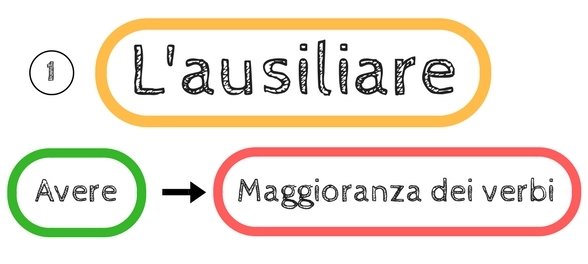

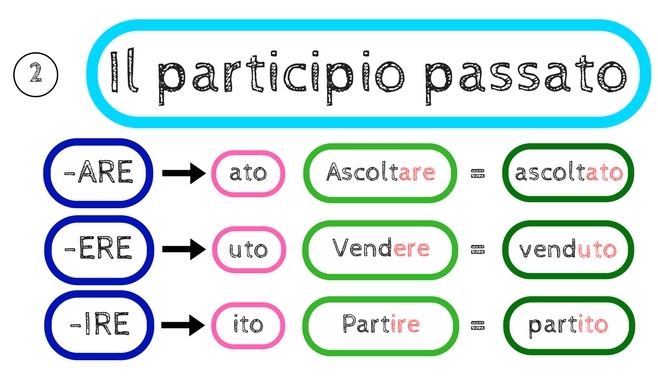
OPPURE/OR



There are always some exceptions and the following are the most common exceptions when using the passato prossimo.
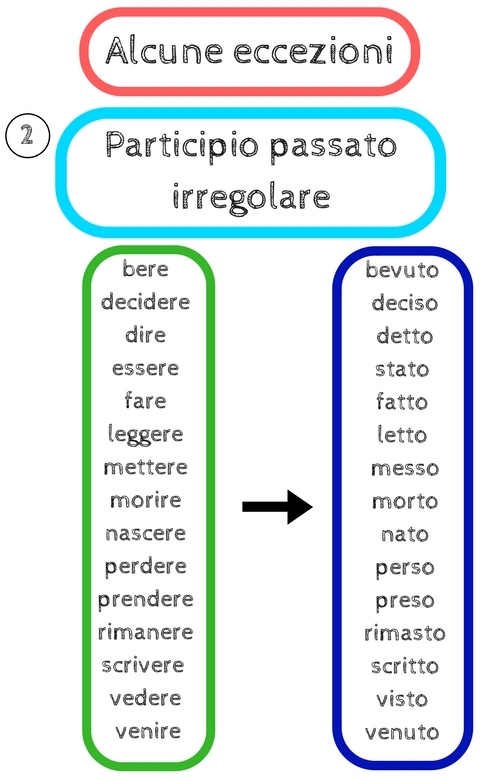
Here are a few examples of how to compose the passato prossimo using both essere and avere. Have a closer look at the verbs using essere as they change their endings according to the person (maschile/femminile, singolare/plurale). This doesn't change with the verbs using avere.
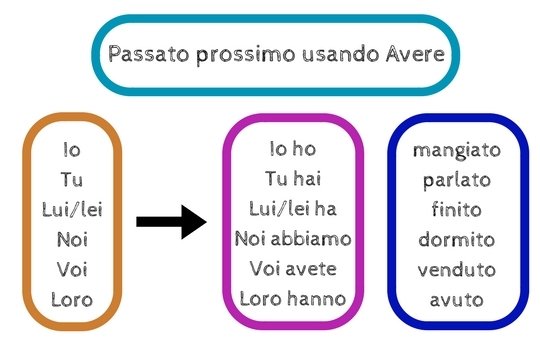
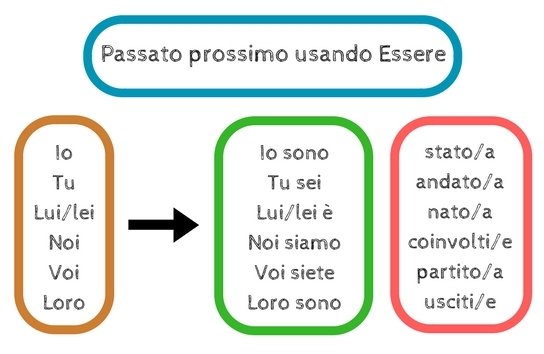
Now that you've had time to go through this important topic, have a go at putting into practice what you just learnt in this lesson with the worksheet attached to the link below.
